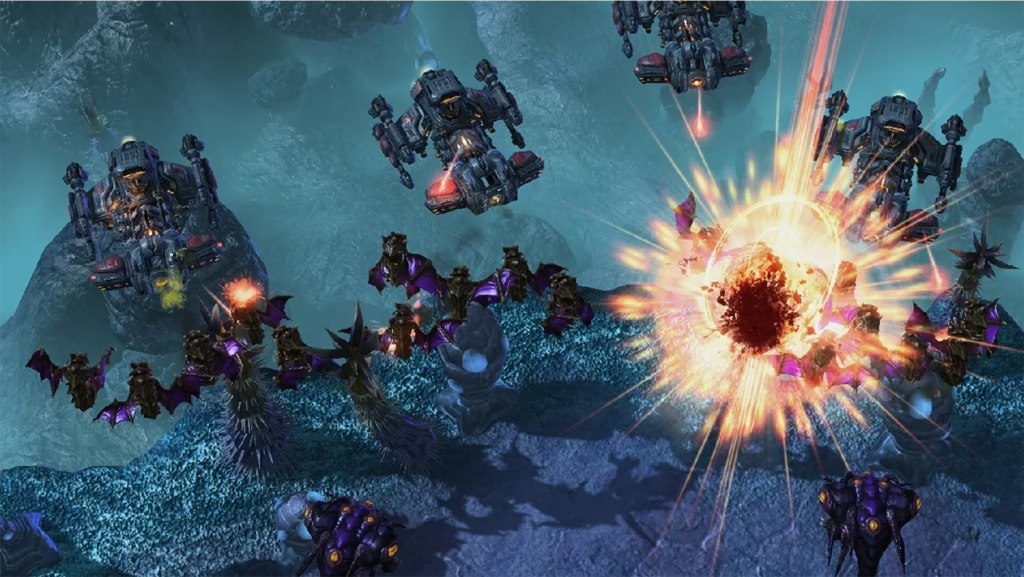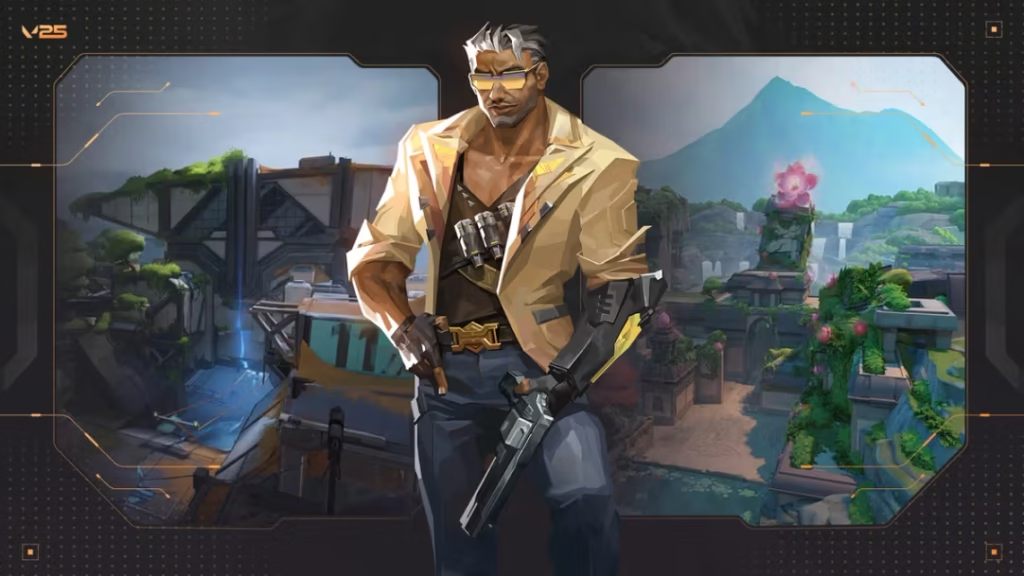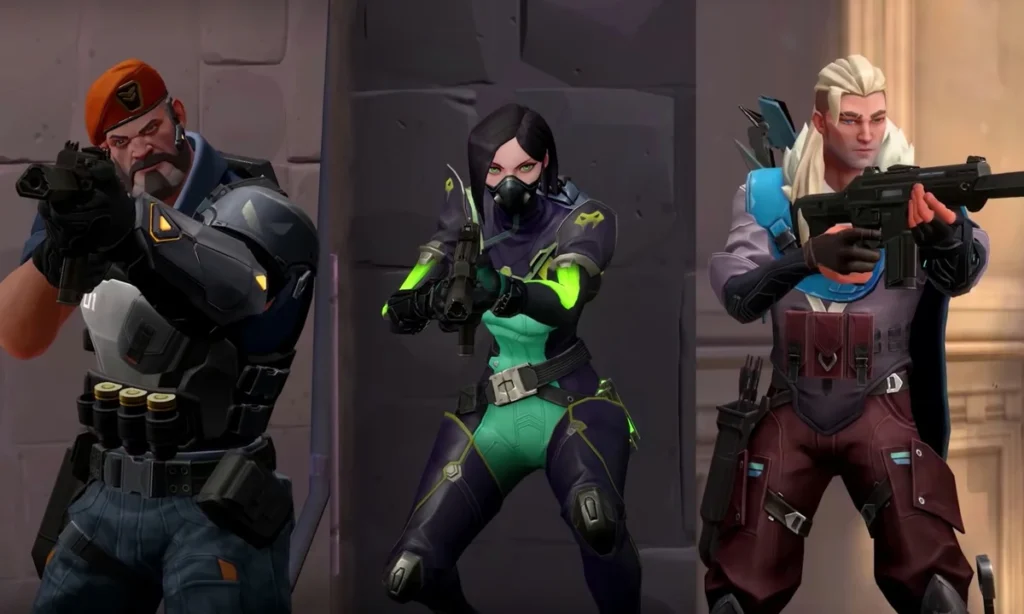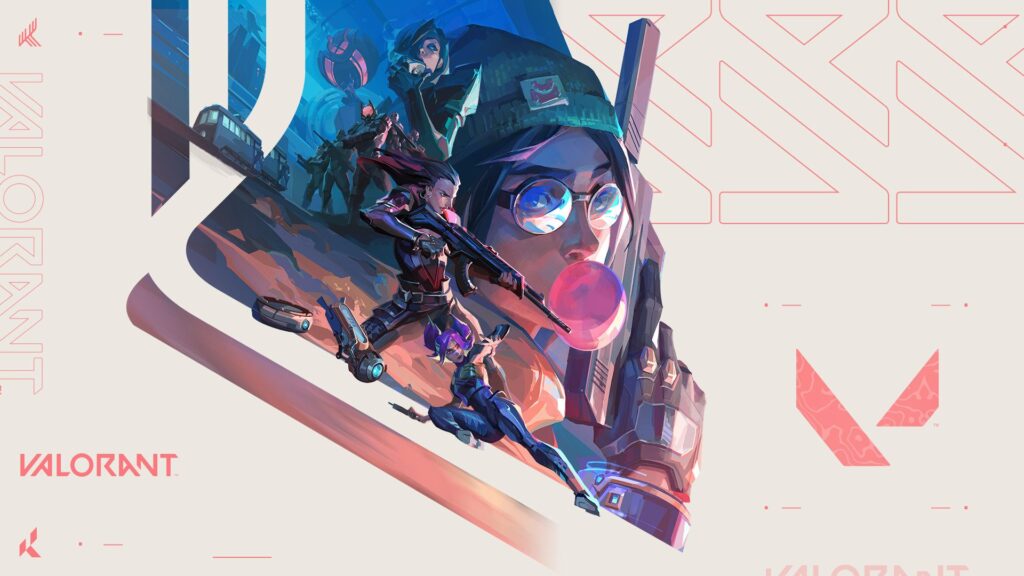Introduction to Esports
Esports, a term that merges “electronic” and “sports,” signifies a quickly evolving segment of the entertainment industry where competitive video gaming takes center stage. Over the past decade, the popularity of esports has skyrocketed, transforming it from a niche hobby into a global phenomenon. Events can draw large audiences both in-person and through online streaming platforms, showcasing professional players competing in various genres of games.
The appeal of esports is multifaceted; it offers not only the excitement of competition but also a sense of community among fans and players alike. With advancements in technology and increased accessibility to high-speed internet, more individuals have the opportunity to watch or participate in events than ever before. Tournaments for prominent titles draw sponsorships typically reserved for traditional sports, underscoring esports’ rising relevance within the broader entertainment landscape.
Esports encompasses a diverse range of gaming genres, from first-person shooters to real-time strategy games. This expansive variety ensures that there is something for everyone, whether it be tactical shooters like Valorant, which emphasizes strategic teamwork and individual skill, or real-time strategy titles such as Starcraft II, where quick thinking and resource management are crucial for success. The mechanics of these games create unique challenges that require a deep understanding of both the game environment and the strategies that underpin competitive play.
As we explore further into this blog, we will delve into the strategies and mechanics that contribute to achieving victory in games like Valorant and Starcraft II, highlighting the specific skills and knowledge necessary to excel in these highly competitive arenas. The ongoing discussion surrounding esports not only reflects its cultural significance but also signals a broader acceptance of gaming as a legitimate form of competitive activity.
Overview of Valorant and Starcraft II
Valorant and Starcraft II represent two distinct yet prominent genres in the esports landscape. Valorant is a tactical first-person shooter developed by Riot Games that emphasizes team strategy, individual skill, and character abilities. In Valorant, players assume the role of “agents,” each equipped with unique abilities that contribute to combat and tactical plays. The primary objective in a standard match involves either planting or defusing a bomb, known as the spike, while coordinating with teammates. The game’s competitive scene has rapidly risen since its launch, drawing attention with its emphasis on strategy, precise gunplay, and teamwork.

On the other hand, Starcraft II is a real-time strategy (RTS) game developed by Blizzard Entertainment, which focuses on resource management, base building, and unit control. Players can select one of three races—Terran, Protoss, or Zerg—each possessing unique strengths, weaknesses, and strategic options. The primary objective in Starcraft II is to eliminate the opponent’s structures and units, often requiring players to balance offense with defense while managing resources for unit production and technological advancements. The depth of gameplay mechanics fosters a highly competitive environment, where strategic planning and quick decision-making are paramount for victory.

The competitive scenes in both games have developed robust ecosystems, featuring professional leagues, tournaments, and player communities that contribute to their popularity worldwide. In Valorant, tactical coordination and gunplay mastery are essential, whereas in Starcraft II, efficiency in resource management and unit deployment often dictates the outcome of matches. Despite their gameplay differences, both titles emphasize strategic thinking and adaptability, critical components for aspiring players hoping to excel in these dynamic esports arenas.
Understanding Game Mechanics
Game mechanics form the foundation of gameplay in both Valorant and Starcraft II, significantly influencing a player’s ability to achieve victory. In Valorant, shooting mechanics are paramount; precise aiming, recoil control, and movement affect how players engage opponents. Mastery of these mechanics enables players to consistently land shots and outmaneuver adversaries in tense situations. Furthermore, ability usage adds another layer of complexity. Each agent possesses unique abilities that can turn the tide of battle when utilized correctly; understanding the timing and placement of these abilities is crucial for maximizing their effectiveness. Additionally, map awareness is critical in Valorant, allowing players to predict enemy movements and strategize accordingly. Knowledge of the map, including common choke points and effective cover locations, empowers players to make informed decisions that enhance their chances of winning.

In contrast, Starcraft II emphasizes different core mechanics, with resource management being one of the most vital aspects. Players must gather resources effectively to construct buildings, train units, and develop technologies. Efficient resource management can mean the difference between a well-timed attack and being outmatched due to underdeveloped forces. Unit control also plays a significant role, as skilled players can maneuver their armies to outsmart opponents and minimize losses during engagements. The ability to effectively micro-manage units allows for strategic advantages in battles, turning disadvantages into wins. Additionally, build order strategies are essential to establishing a solid foundation for success. Knowing which structures to prioritize and when to expand can set players on a path to victory or defeat.

Understanding these game mechanics in both Valorant and Starcraft II is vital for all players, from casual gamers seeking enjoyment to competitive players aiming for mastery. By focusing on shooting mechanics, ability usage, and map awareness in Valorant, alongside resource management, unit control, and build order strategies in Starcraft II, players can significantly improve their gameplay and increase their chances of emerging victorious.
Strategic Planning in Valorant
Strategic planning in Valorant is paramount for teams aspiring to achieve victory in this highly competitive first-person shooter. The game’s blend of tactical shooting and hero-based mechanics necessitates that players develop comprehensive strategies to maximize their chances of success. One fundamental aspect involves site execution, which refers to the approaches teams utilize when attacking or defending specific locations on the map. Each site presents unique opportunities and challenges, and strategic planning enables teams to effectively execute their chosen strategies while adapting to the dynamic nature of the game.
Defensive setups also play a crucial role in strategic planning. A well-coordinated defense can thwart enemy advances and secure map control. Players must consider various factors, such as agent abilities and potential enemy strategies, to establish an effective defensive configuration. This necessitates regular communication among team members and a shared understanding of each player’s role and responsibilities during defense rounds.
Another critical element of strategic planning in Valorant is economic management. Players must carefully allocate their resources, balancing when to purchase weapons and abilities with the need to maintain a robust economy throughout the match. Understanding the economic state of both the team and the opponent can inform tactical decisions and lead to favorable outcomes.
Effective coordination with team members is vital for successful execution of strategies. Players should establish clear lines of communication, share information about enemy movements, and collectively make decisions based on the current state of play. Additionally, utilizing utility effectively, such as smoke grenades or flashbangs, in tandem with teammates can significantly enhance strategic execution. Adapting strategies based on enemy behavior is also crucial; players must remain observant and adjust their tactics as the match evolves. The collaborative nature of Valorant highlights the significance of teamwork and strategic planning, ultimately contributing to the team’s success in achieving victory.
Strategic Planning in Starcraft II
In the highly competitive realm of Starcraft II, strategic planning is crucial to securing victory. Players must understand various components of Rex, or build orders, which serve as the foundation for their game plan. Each build order is meticulously crafted to optimize resource management and unit production, ensuring an efficient transition from the early to the late game. The flexibility of these build orders allows players to adapt to evolving game dynamics, which is essential for overcoming opponents.
One of the fundamental tactics involves scouting the enemy’s base. Scouting provides invaluable intelligence on enemy unit compositions and technological advancements, allowing players to anticipate and prepare counters. By employing units designed for reconnaissance, players can gather information while minimizing risk. This proactive approach is instrumental in making informed decisions and implementing counter-strategies that can neutralize the opponent’s advantages.
As the game progresses, adaptability becomes a key factor in maintaining an edge over the adversary. Strong players exhibit the ability to pivot their strategies based on the developments of the match. For instance, if an opponent chooses a heavy investment in ground units, a player might alter their build to focus on aerial counters. The ability to remain flexible and adjust decision-making quickly under pressure distinguishes proficient players from their less skilled counterparts. It is this dynamic nature of strategic planning that not only enhances gameplay but also enriches the overall experience.
Ultimately, successful strategic planning in Starcraft II involves a combination of well-structured build orders, efficient scouting, and an agile mindset. By mastering these elements, players can navigate the complexities of each match and forge a path to victory. The emphasis on strategic foresight underscores the importance of executing a coherent game plan while remaining responsive to adversarial tactics, ultimately leading to a decisive win.
The Psychology of Players in Esports
Understanding the psychological aspects that influence player performance in competitive games like Valorant and Starcraft II is crucial for fostering success. The mental strain of high-stakes matches can significantly impact a player’s ability to perform optimally. Each match is not only a test of skill but also a battleground for the mind. Players often face enormous pressure, which can manifest in stress and anxiety. This pressure may stem from both personal expectations and external factors such as fan support, sponsorship commitments, or in-game rewards.
Maintaining a positive mindset is essential for competitors. A player’s morale can directly impact their gameplay, as confidence often determines decision-making speed and accuracy. Developing strategies to cultivate positivity can help combat negative thoughts and uncertainties that arise during heated competitions. Techniques such as visualization, meditation, and self-talk can encourage mental resilience and stability. These approaches allow players to focus on their skillset rather than the overwhelming pressures, which can lead to improved performance.
In addition to emotional regulation, players must also effectively manage stress and anxiety to maintain peak performance. Some competitors employ physical exercise and routine practices to alleviate tension, while others find success through relaxation techniques or the establishment of a pre-game routine that sets the stage for optimal concentration. Moreover, engaging in regular practice and maintaining a balance between gaming and life outside of esports can minimize the risk of burnout, allowing players to approach competition appropriately relaxed and focused.
Finally, the age-old debate of luck versus skill plays a significant role in the mindset of players. While both factors influence the outcome of a game, a player’s perception of their own skill level, combined with a recognition of unpredictable elements, can shape their overall approach to competition. Understanding this intricate relationship is vital for players seeking consistent success in the competitive landscape of esports.
The Impact of Luck and Risk in Gaming
In the realm of competitive gaming, specifically in titles such as Valorant and Starcraft II, the interplay between luck and risk emerges as a pivotal element influencing outcomes. Both games, while fundamentally different in gameplay mechanics, integrate chance and variability that players must navigate as they devise and execute their strategies. For instance, in Valorant, players may find themselves in scenarios where the unpredictable nature of enemy movement or the random spread of gunfire can drastically alter combat effectiveness. Here, luck plays an undeniable role, compounding the intricacies of decision-making.
Risk management is equally essential in both games. In Valorant, players must weigh the risks associated with aggressive plays against the potential rewards of eliminating high-priority targets. The psychological thrill associated with making a calculated decision in the heat of battle is significant; a successful risk can lead to not only individual glory but also to team victory. Understanding when to engage or retreat often hinges on the player’s assessment of both luck and risk. The terrain, choice of weapons, and real-time tactical adjustments can introduce elements of chance that require players to remain adaptable and vigilant.
Similarly, Starcraft II requires a careful balance between risk and reward. Players must make choices regarding resource allocation, unit production, and strategic positioning, where one miscalculation can lead to disaster. The randomness of certain engagements may seem dominantly influenced by luck, yet adept players utilize this understanding to leverage their position and mitigate risk. By managing resources and anticipating opponents’ moves, they create opportunities to optimize their gameplay outcomes. Ultimately, the psychological aspect of risk-taking in these games is a key component of high-level strategy, where calculated gambles can dramatically shift the momentum of matches.
Progressive Play and Continuous Improvement
In the fast-paced environments of esports, particularly within competitive games like Valorant and Starcraft II, the concept of progressive play is fundamental to attaining victory. Players must not only become adept at the mechanics of gameplay but also strive for continuous improvement. This ongoing pursuit involves a dedicated approach to refining skills, analyzing gameplay, and enhancing teamwork, ensuring players remain competitive in an ever-evolving landscape.
To foster an environment of continuous improvement, players should engage in regular practice sessions. These sessions should focus on specific areas that require development—be it aiming accuracy in Valorant or resource management in Starcraft II. Setting measurable goals, such as improving kill/death ratios or increasing win rates, provides a clear path for progression. Moreover, it’s essential for players to maintain a mindset oriented towards growth, wherein they view every match as an opportunity to learn, regardless of the outcome.
A critical component of this journey involves analyzing previous gameplay. Recording matches allows players to review their performance, identify weaknesses, and understand decision-making processes that led to both success and failure. Tools such as in-game replays and third-party analytics can provide valuable insights, enabling players to pinpoint habits that may need adjustment and to devise strategies that can lead to improved performance.
Moreover, embracing feedback from teammates is vital for establishing effective teamwork. Constructive criticism can offer fresh perspectives and highlight areas for collaborative improvement. In essence, valuing communication and teamwork can enhance overall performance, as it fosters a sense of unity and shared objectives among players.
Ultimately, mastery in games like Valorant and Starcraft II is an incremental process. By committing to progressive play through consistent practice, purposeful analysis of gameplay, and fostering communication, players can cultivate the skills necessary to excel not only as individuals but as vital members of competitive teams.
Conclusion: The Future of Gaming Strategies
The landscape of esports continues to evolve, shaped significantly by the ongoing advancements in strategies and gameplay mechanics within popular titles like Valorant and Starcraft II. As we have discussed, both games require players to engage in intricate decision-making, precise execution, and deep understanding of their respective game environments. The strategies employed by top-tier players underscore the importance of adaptability and continuous learning, which remain crucial in achieving success in competitive gaming.
Valorant, with its blend of tactical shooter dynamics and character abilities, promotes a strategic depth that varies significantly from traditional FPS games. Players must analyze maps, coordinate team strategies, and utilize their agent’s unique skills to outsmart opponents. On the other hand, Starcraft II, a cornerstone in real-time strategy gaming, necessitates meticulous resource management and rapid response to opponents’ tactics. The fast-paced nature of both games demands not only cognitive dexterity but also a willingness to innovate and refine strategies regularly.
As the esports ecosystem grows, particularly in regions like Australia, we are witnessing an increased integration of mobile play. This shift broadens the accessibility of esports, allowing more players to participate and engage with competitive gaming. The rise of mobile platforms can democratize the gaming experience further and introduce new strategies tailored to different gaming formats. Such innovations may lead to the emergence of fresh genres and gameplay mechanics, ultimately enriching the esports field.
In conclusion, the future of gaming strategies will hinge on the continued adaptation of players and the evolution of games themselves. As enthusiasts explore these titles, understanding the nuances of strategy will not only enhance their gameplay experience but also contribute to the vibrant community surrounding esports. Engaging with these dynamic environments will be essential for anyone looking to thrive in the realm of competitive gaming.

